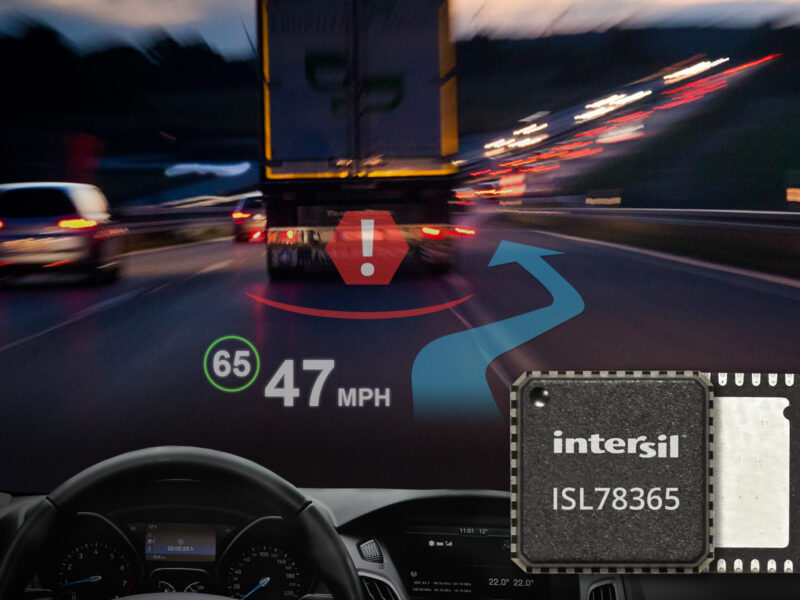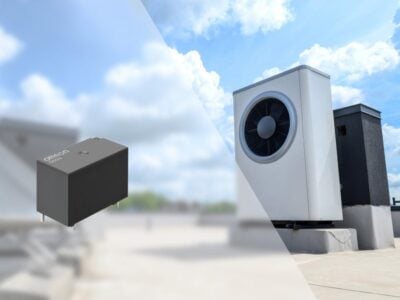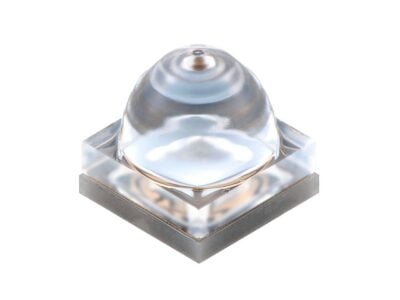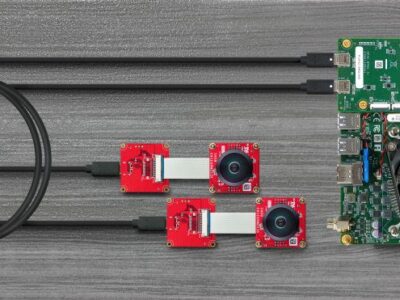
Laser driver enables new generation of high-res head-up displays
To project HD color images to the windscreen, the ISL78365 is pulsing four high-power laser sources with up to 750 mA, almost twice as high as competing solutions. The high current and fast switching speed of the new Intersil IC enable head-up displays (HUDs) with high resolution, color intensity and, certainly the most important of all, high frame rate.

Laser HUDs are displaying critical information – navigation, speed, speed limits, and warning messages directly into the driver’s field of sight. The new generation of augmented reality laser HUDs boasts almost no latency and a wide field of sight. In comparison with the current generation, they offer more real-time information – for instance, they overlay turning lane and distance, virtually painting directional arrows on the road ahead and thus facilitates navigation.
[continues]
The four-channel ISL78365 is a complete solution to drive laser diodes in Scanned MEMS projecting systems like they will be used in the next generation of vehicles. According to Intersil Strategic Marketing Manager Edward Kohler, the device is the only laser driver in the industry that supports multiple laser diode configurations, enabling developers to achieve the desired brightness and image definition. With 10 bit resolution for both color and contrast, it achieves excellent image quality. With rise and decay times of less than 1.5 nanoseconds, it offers faster switching times than comparable products. Its synchronous parallel video interface supports pixel rates up to 150 MHz or 1900 pixels per line.
A big issue for automotive electronics designers is the power consumption of such components, because HUD drivers are located between the cockpit instruments and the windscreen – a crammed place where every single watt of power consumption drives the temperatures to unwanted regions. For this reasons, the designers of the ISL78365 have optimized the power supply circuitry for the chip. To meet the thermal requirements, the device offers three power saving modes for high efficiency and low power losses. Plus, the chip comes in a compact wettable-flank QFN package. And yes, of course it is qualified according to the AEC-Q100 automotive specification for operation under temperatures from -40°C to +125°C.
More information: www.intersil.com/products/isl78365.
 If you enjoyed this article, you will like the following ones: don't miss them by subscribing to :
eeNews on Google News
If you enjoyed this article, you will like the following ones: don't miss them by subscribing to :
eeNews on Google News




